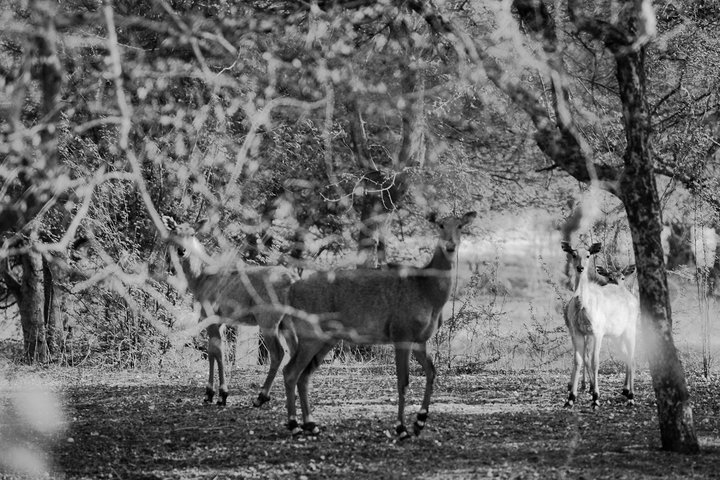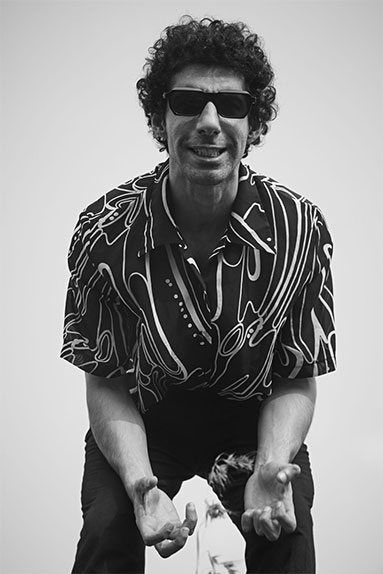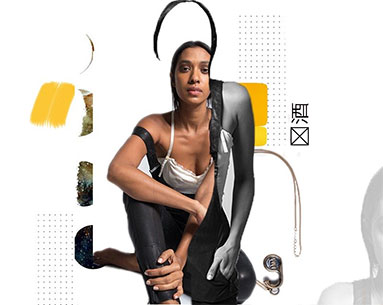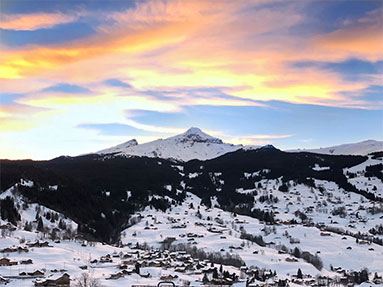Orsola de Castro, founder of Fashion Revolution explains how fast fashion, like Cinderella’s dress isn’t for keeps.
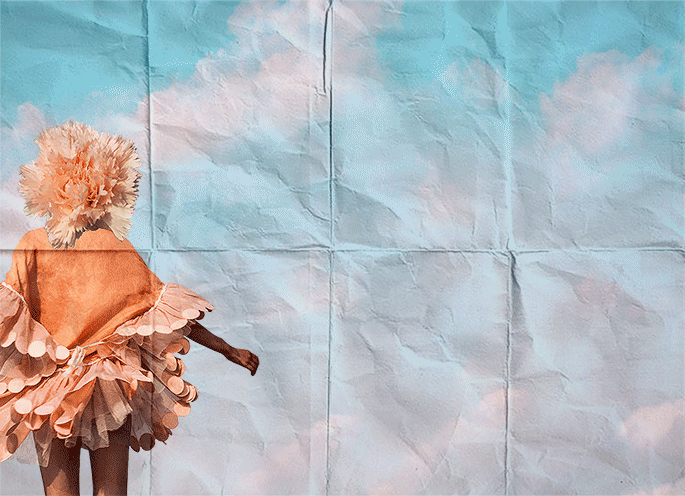
+ Top: AM:IT
Remember Cinderella? How she wanted to go to the ball, but didn’t have the right dress, so her fairy godmother came over and at the touch of a magic wand, made her a beautiful gown that disappeared only a few hours later?
That’s fast fashion to me.
Fast fashion, and when I talk about fast fashion, I don’t just mean cheap fashion. I also mean mass produced luxury goods (because luxury is not slow, nor necessarily better made and certainly not less exploitative or polluting), give the impression of lustre , but its not shiny. It makes you think that you’re well dressed, but it’s just an illusion – in the end, it leaves you empty inside. Because it cant last and because we don’t understand where it’s coming from.
The fashion industry’s supply chain for all we know of it, is about as clear as a magic wand: it makes it look like clothes can pop out of nowhere, at the expense of nobody and nothing
The fashion industry’s supply chain for all we know of it, is about as clear as a magic wand: it makes it look like clothes can pop out of nowhere, at the expense of nobody and nothing, just to make us look right for a while, to alleviate our loneliness, to accompany us temporarily; its a wish, but in reality (because life is not a fairy tale) it hides a multitude of harm, to people and the environment – only we don’t see it. Such is our desire for short term fulfilment and impossible dreams.
Behind the fast fashion magic wand are millions of hidden people toiling in exploitative conditions, their working environment contaminated by toxic processes that leave us depleted of natural resources, in a system that is as ineffective as it is damaging, to produce clothes and accessories that are not designed to last, or be loved, without a history and without a future.
This is why, to me, Cinderella’s fairy godmother’s ball gown is the wrong dress. The one I want, the one worth celebrating, is the other dress, the one made by the mice and the birds, the one that is made from her mother’s gown, lovingly reassembled putting together old things, things that are left discarded. The one we know the origin of, the one we can see being made, step by step, sewn with love and with care, simpler maybe, but made with dignity.The other dress has a story to tell, an emotional connection, ingredients that have a starting point, and a chain of processes that are visible and tangible.
Metaphorically, we know where the materials of the dress come from, its an old dress, found in a forgotten wardrobe, transformed into something better with the aid of a broken pearl necklace and a few other bits and pieces, and we know who made it and in what conditions, the mice and the birds, singing and dancing happily as they cut and sew and collaborate on something of value. Even when it is destroyed it still looks like, given time, it could be re-made again because craft, values and quality last forever.
We are producing over 100 billion garments of clothing per year, made by a workforce that is often inadequately paid, and yet many of these clothes are left unworn and unloved, because the less we know about how our fashion is made, the less we connect with it. The fashion industry is one of the most polluting industries in the world, and one of the most wasteful, designed to look glossy but hiding behind a system that is built on everything being opaque. Things are improving, and brands are becoming more aware that transparency and accountability are rapidly becoming a necessity for good business, but things are still far from perfect.
And yet, fashion could be exemplary, real life could imitate a fairy tale if we all join up to ask for an industry that empowers instead of exploiting, that nurtures without depleting, that values the dignity of the people who make our clothes and ultimately our dignity too, as the wearers of the clothes we buy. So lets forget about the magic wand and concentrate instead on demanding concrete changes, making intelligent choices, and uniting to ensure that the fashion narrative represents our ethics and our principles for a better future.
Written by: Orsola de Castro @orsoladecastro , @fash_rev
Cover photo: Creative Direction: currentMood @currentmood.mag
Photography & Styling : Rhea Gupte @rheagupte
Models: Archana Nair @nonienair (TFM Model Manangement India)
Digital Artist: Sarah Harvey @sarahcharvey
Production Assistant: Sureli Jain @surelijn

